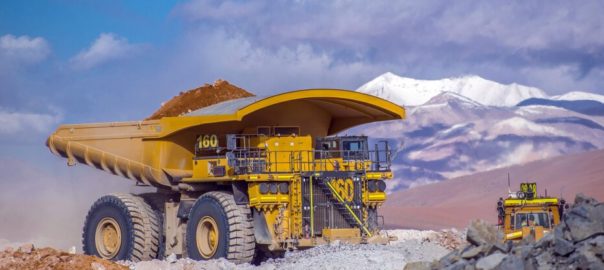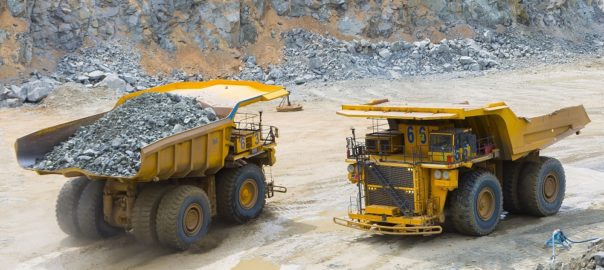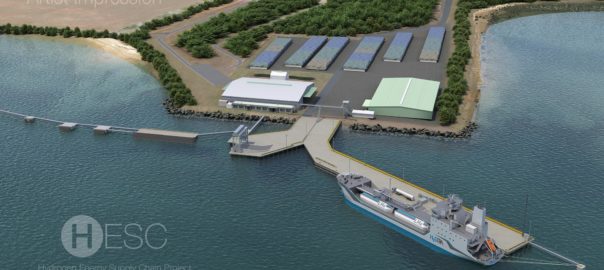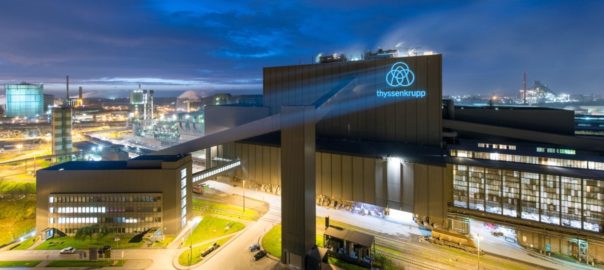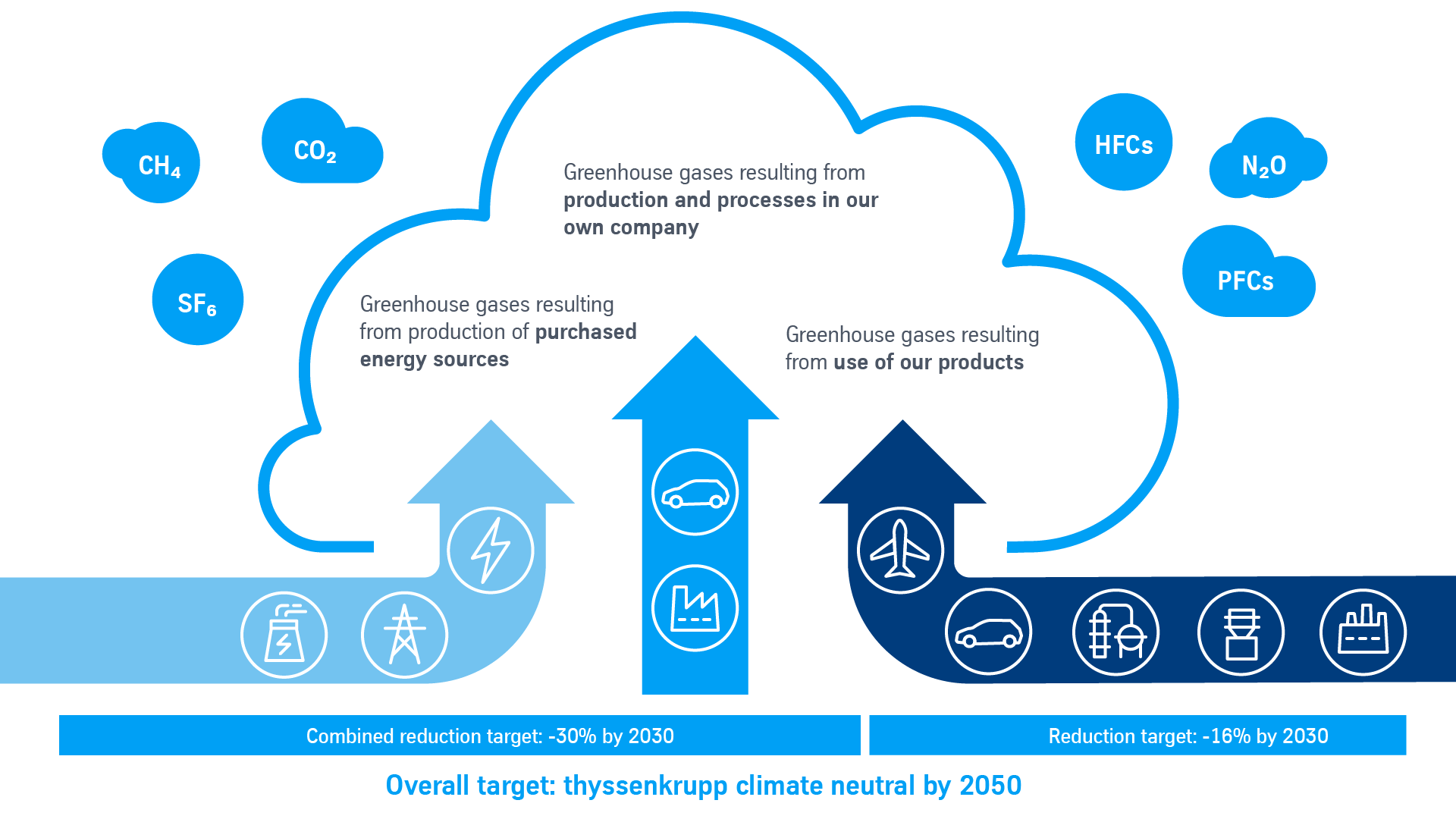Australia is stepping up its efforts to support the growth of a clean, innovative, safe and competitive domestic hydrogen industry, with the launch of a new A$300 million ($192 million) fund.
An early priority of the A$300 million Advancing Hydrogen Fund, reflected in the Australian Government Clean Energy Finance Corporation (CEFC) Investment Mandate Direction 2020, will be investment in projects included in the ARENA Renewable Hydrogen Deployment Funding Round. This is a A$70 million grant program aiming to demonstrate the technical and commercial viability of hydrogen production at a large-scale using electrolysis.
The Australia government has been keen to establish a hydrogen industry, with investments made in the Hydrogen Energy Supply Chain (HESC) pilot project based on brown coal mined in the Latrobe Valley, and, more recently, a Future Energy Exports CRC.
CEFC CEO, Ian Learmonth, said: “Hydrogen has the potential to make a substantial contribution to our clean energy transition, reducing emissions across the economy while underpinning the development of an important domestic and export industry.
“Renewable hydrogen can enable the deep decarbonisation of notoriously difficult-to-abate sectors, particularly in transport and manufacturing, while accelerating the contribution of renewable energy across the economy.
“CEFC finance remains central to filling market gaps, whether driven by technology, development or commercial challenges. We are confident we can use our capital to help build investor confidence in the emerging hydrogen sector, which is an exciting extension of our investment focus.”
The CEFC Advancing Hydrogen Fund will draw on existing CEFC finance. In line with the CEFC Act, projects seeking CEFC finance through the Advancing Hydrogen Fund are required to be commercial, draw on renewable energy, energy efficiency and/or low emissions technologies and contribute to emissions reduction, the CEFC said.
Through the Advancing Hydrogen Fund, the CEFC expects to provide either debt or equity finance to eligible larger-scale commercial and industrial projects, typically requiring A$10 million or more of CEFC capital, it said.
Hydrogen is currently used mainly for ammonia production in Australia, accounting for around 70% of total hydrogen use nationally. The current ammonia production process is a material carbon emitter, accounting for almost 1% of total Australian greenhouse gas emissions, the CEFC says.
Learmonth added: “Accelerating the transition to green ammonia, produced using renewable energy, represents a sizeable abatement opportunity for Australia, with the potential to position Australia as a leading global producer and exporter of green ammonia.”
He said hydrogen is an extremely versatile energy carrier gaining significant support worldwide as the fuel of the future.
He added: “We see green hydrogen as offering the most credible pathway to decarbonisation for high emitting sectors and those which lack scalable electrification options. Together, these sectors are responsible for driving some 30% of Australia’s greenhouse gas emissions.”
In considering investment proposals for the Advancing Hydrogen Fund, the CEFC Investment Mandate directs the CEFC to prioritise projects that promote the objectives of the National Hydrogen Strategy and that focus on one or more of the following:
- Advancing hydrogen production projects;
- Developing export and domestic hydrogen supply chains, including hydrogen export industry infrastructure;
- Establishing hydrogen hubs; and
- Other projects that assist in building domestic demand for hydrogen.
CEFC finance for the hydrogen sector has the potential to deliver significant benefits, according to CEFC, including:
- Drive large-scale deployment of electrolyser technologies: leading to technology cost reductions, improved supply chain expertise, increased industry expertise and offtake opportunities;
- Catalyse the hydrogen industry: to accelerate the deployment of large-scale renewable energy hydrogen technologies, including demand-side projects to achieve price discovery, increase transparency of current and projected economies of scale, and increase skills and market knowledge;
- Access to tailored finance: providing investing support to project proponents as they seek to accelerate hydrogen developments; and
- Support the implementation of the National Hydrogen Strategy: including its aims to create jobs, especially in regional areas, contribute to a cleaner environment, increase prosperity and enhance Australia’s fuel security.
The ARENA Renewable Hydrogen Deployment Funding Round is receiving expressions of interest for projects which demonstrate electrolysis and associated renewable hydrogen technologies at scale; facilitate a pathway to technical and commercial viability of renewable hydrogen in Australia; and provide price discovery and transparency in relation to the current and projected economics for renewable hydrogen technologies, CEFC says.








